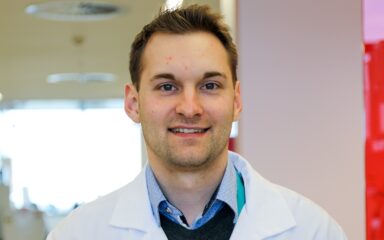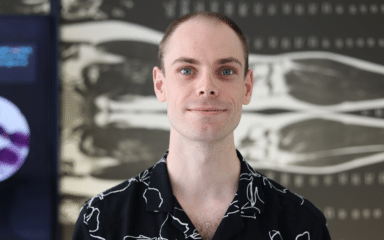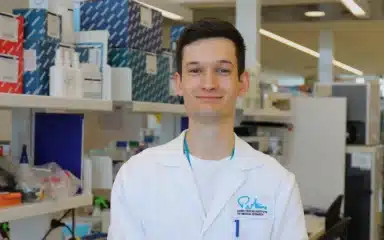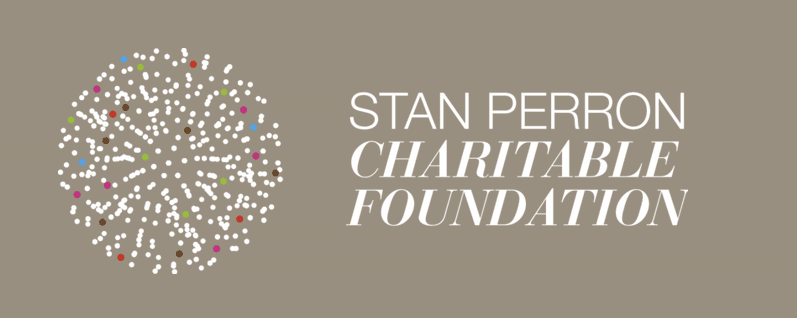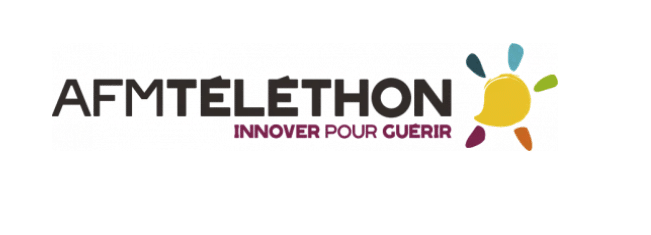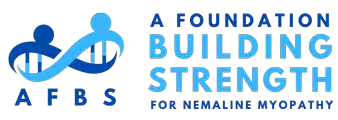Home » Research » Labs » Genome Biology and Genetic Diseases Program » Preventive Genetics – Overview » The Disease Models and Therapies Team
OVERVIEW
The disease models and therapies team, within the Perkin Preventive Genetics Group, is focussed on developing tools and treatments for severe, rare and currently incurable genetic muscle diseases. The team has two main aims;
- Developing new cell models to better understand muscle disease.
We take the patient’s own blood cells (ethically derived and minimally invasive), and are able to turn these into a special type of cell called an induced pluripotent stem cell (iPSC). These iPSCs can then be turned into disease-relevant cell types including skeletal muscle. So, we can take a patient blood cell and turn it into a muscle cell! These patient-derived muscle cells can then be used to advance our research, by modelling the features of the disease in a dish, without the need for taking a painful muscle biopsy. These cells are also essential for the second aim of the Team – developing treatments.
- Designing and testing new treatments for muscle disease.
We are working on a range of targeted genetic treatments that address the underlying cause of genetic muscle disease. These treatments include genome engineering (CRISPR/Cas9) and antisense oligonucleotides (ASOs). We collaborate with world leading scientists and use a range of cutting-edge technologies to design and test our patient-centric treatments.The ultimate goal of the team is to provide urgently needed treatments to as many rare disease patients as possible.
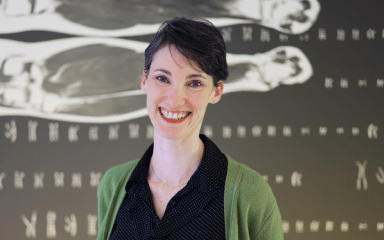
Team Leader, Disease Models and Therapies
Read more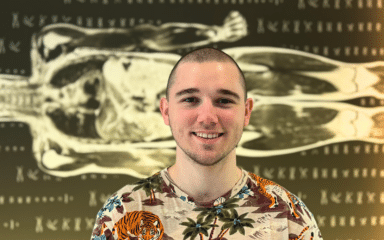
Jeremy Garcia
Research Assistant
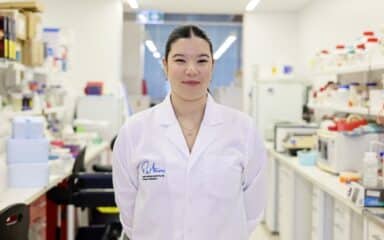
Anna Johnstone
Research Assistant
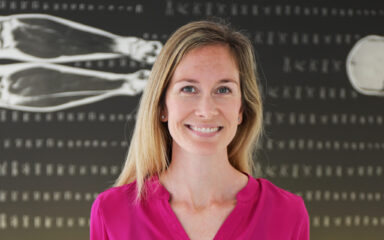
Elyshia McNamara
Laboratory Manager
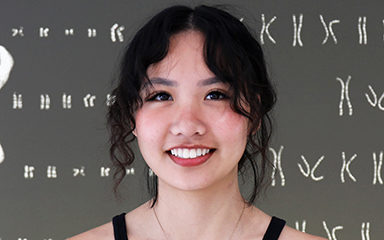
Christina Vo
Graduate Research Assistant
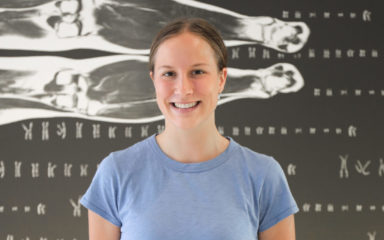
Isabella Suleski
Honours Student
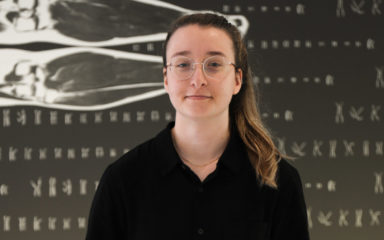
Elina Brajkovich
Honours Student

Georgina Allan
Research Assistant
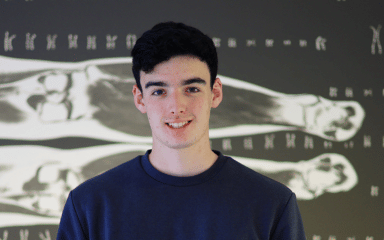
Karrison Driver
Honours Student
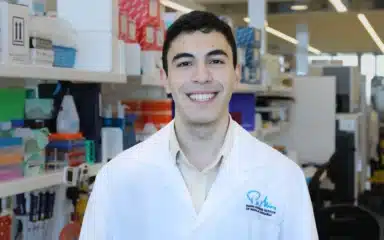
Sohail Kharrazi
Honours Student
KEY PUBLICATIONS
- Driver K, Vo C, Scriba CK, Saker S, Larmonier T, Malfatti E, Romero NB, Ravenscroft G, Laing NG, Taylor RL, Clayton JS. Generation of two induced pluripotent stem cell lines from a 33-year-old central core disease patient with a heterozygous dominant c.14145_14156delCTACTGGGACA (p.Asn4715_Asp4718del) deletion in the RYR1 gene. Stem Cell Res. 2023;73:103258.
- Clayton JS, Suleski IS, Vo C, Smith R, Scriba CK, Saker S, Larmonier T, Malfatti E, Romero NB, Houweling PJ, Nowak KJ, Ravenscroft G, Laing NG, Taylor RL. Generation of an induced pluripotent stem cell line from a 3-month-old nemaline myopathy patient with a heterozygous dominant c.515C > A (p.Ala172Glu) variant in the ACTA1 gene, Stem Cell Research, 2022, 63; 102829.
- Suleski IS, Smith R, Vo C, Scriba CK, Saker S, Larmonier T, Malfatti E, Romero NB, Houweling PJ, Nowak KJ, Laing NG, Taylor RL, Clayton JS. Generation of two isogenic induced pluripotent stem cell lines from a 1-month-old nemaline myopathy patient harbouring a homozygous recessive c.121C > T (p.Arg39Ter) variant in the ACTA1 gene, Stem Cell Research, 2022, 63; 102830.
- Goullée H, Taylor RL, Forrest ARR, Laing NG, Ravenscroft G, Clayton JS. Improved CRISPR/Cas9 gene editing in primary human myoblasts using low confluency cultures on Matrigel, Skeletal Muscle 11, 23 (2021).
- Clayton JS, Scriba CK, Romero NB, Malfatti E, Saker S, Larmonier T, Nowak KJ, Ravenscroft G, Laing NG, Taylor RL. Generation of two isogenic induced pluripotent stem cell lines from a 10-year-old typical nemaline myopathy patient with a heterozygous dominant c.541G>A (p.Asp179Asn) pathogenic variant in the ACTA1 gene, Stem Cell Research, 2021, 55:102482.
- Clayton JS, Scriba CK, Romero NB, Malfatti E, Saker S, Larmonier T, Nowak KJ, Ravenscroft G, Laing NG, Taylor RL. Generation of two isogenic induced pluripotent stem cell lines from a 4-month-old severe nemaline myopathy patient with a heterozygous dominant c.553C > A (p.Arg183Ser) variant in the ACTA1 gene, Stem Cell Research, 2021, 53; 102273.
- Clayton JS, McNamara EL, Goullee H, Conijn S, Muthsam K, Musk GC, Coote D, Kijas J, Testa AC, Taylor RL, O’Hara AJ, Groth D, Ottenheijm C, Ravenscroft G, Laing NG, Nowak KJ, Ovine congenital progressive muscular dystrophy (OCPMD) is a model of TNNT1 congenital myopathy. Acta Neuropathalogical Communications, 2020, 8: 142.
- Laitila J, McNamara EL, Wingate CD, Goullee H, Ross JA, Taylor RL, Griffiths LM, et al. Nebulin nemaline myopathy recapitulated in a compound heterozygous mouse model with both a missense and a nonsense mutation in Acta Neuropathologica Communications, 2020, 8: 18.
- McNamara EL, Taylor RL, Clayton JS, Goullee H, Dilworth KL, Pinós T, et al. Systemic AAV8-mediated delivery of a functional copy of muscle glycogen phosphorylase (Pygm) ameliorates disease in a murine model of McArdle disease, Human Molecular Genetics, 2019, 29(1): 20 – 30.
FUNDED PROJECTS
- 2025, Chief investigator on a Channel 7 Telethon Trust Research Grant; ‘Exon-skipping’ for treatment of dominant childhood muscle diseases, AU $193,529.
-
2024, Chief investigator on a Channel 7 Telethon Trust Research Grant; Developing treatments for childhood muscle disease, AU $198,931.
-
2023 – 2027, Chief Investigator on a Stan Perron Charitable Foundation Partnership Research Grant; Building translational capacity in Western Australia: Establishing the tools needed to develop treatments for Australian children with muscle disease, AU $539,973.70.
-
2022 – 2023, Western Australian Future Health Research and Innovation Fund, Ideas Grant Near Miss award; Harnessing genetic compensation to treat skeletal muscle actin disease, $100,000.
- 2020 – 2024, Stan Perron Charitable Foundation Research Grant; Genomic treatments for currently incurable neuromuscular disorders affecting Australian children, AU $423,893.
- 2020 – 2022, A Foundation Building Strength, Stronger 2020, research grant; Testing novel genetic therapies for ACTA1 nemaline myopathy (NEM3) – harnessing patient cells, AU $246,890.
- 2018 – 2020, French Muscular Dystrophy Association (AFM-Telethon) research grant; Evaluating an allele-specific genetic therapy for congenital myopathy caused by dominant mutations in the skeletal muscle actin (ACTA1) gene, AU $71,090.
- 2017 – 2020, Muscular Dystrophy Association (USA) research grant; Evaluating gene therapy for McArdle’s disease using a mouse model, USA $195,500.



